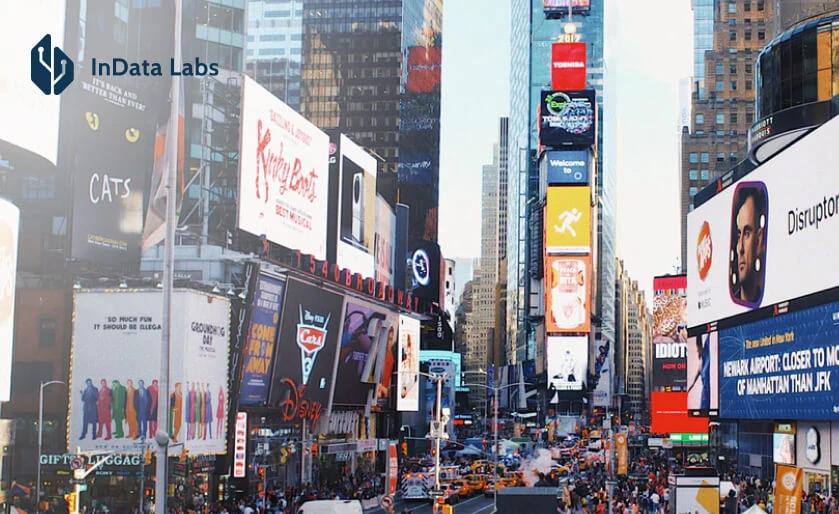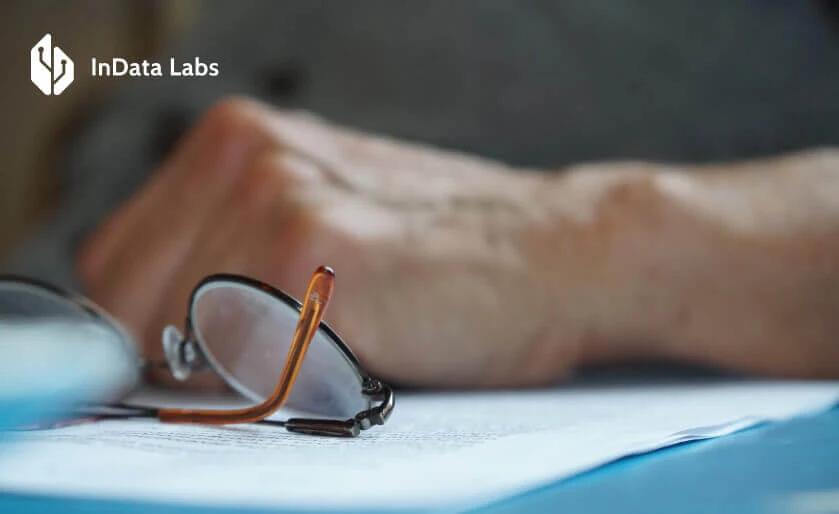Trademark Similarity Search for Product Recognition Engine
An innovative solution for brand plagiarism search and detection.

An innovative solution for brand plagiarism search and detection.
-
ChallengeAlgorithm to detect and verify trademark similarity
-
SolutionVisual search to detect similarity (plagiarism) in trademark images
-
Technologies and toolsComputer Vision: Python with PyTorch framework
Client
The client provides trademark-related services and legal compliance consulting. They offer various solutions to protect the intellectual property of products to their customers. To validate logo appearance, they run multiple checks for the existing trademarks in the market.
The client was looking for experts in visual search. They needed to streamline the process of detecting and verifying trademark image similarity and plagiarism with technology. They wanted a robust solution to decrease the need for human labor in the workplace.
Challenge: algorithm to detect trademark similarity
The client gets to work with search trademark databases regularly. Manual trademark search and recognition is exhausting and time-consuming. That’s why the client needed an efficient solution to automate the processes where possible and eliminate manual search.
To address the client’s problem, our team studies the ability of machine learning algorithms (ML) and available trademarks data to detect the logo plagiarism between each other to provide a ranked by probability list of potential brand plagiarisms.
To accomplish the task, our engineers leveraged computer vision algorithms based on embeddings learning.
Solution: visual search to detect similarity (plagiarism) in trademarks
Our team experienced in computer vision and image analysis software development started the work with the project formalization, studying use cases, analyzing related solutions, and more importantly – trademarks data sources. That was the first investigation phase of the three planned ones – the investigation, the model development, and the experimental part for idea testing.
We started by building and testing a neural network model predicting encoded vectors for images in the common vector space to measure the distance between them.
Having unlabelled data sources from the client and open sources, our team of engineers worked out how to obtain any information about trademark images to be used in the solution. We achieved success by solving indirect and implicit tasks of visual classification and adapting it to learn confusing plagiarism of trademarks.
The last step was based on the idea that computer vision is a vast field of approaches and if we tried to apply such techniques to the problem we would improve quality. So, we have performed a series of experiments working with high-and low-level graphical processing (including OCR) and enhanced the ability of the model to find plagiarisms. The combination of the best attempts became the solution to the client’s problem.
Result: computer vision for accurate trademark similarity and plagiarism search
InData Labs, a computer vision technology provider, has aided the client with an innovative solution to automate the trademark similarity with brand plagiarism search and detection.
The client has benefited from working with our company in the following aspects:
- automated trademark similarity search
- brand plagiarism detection
- speed up in the workplace processes
- reduced workload on employees

